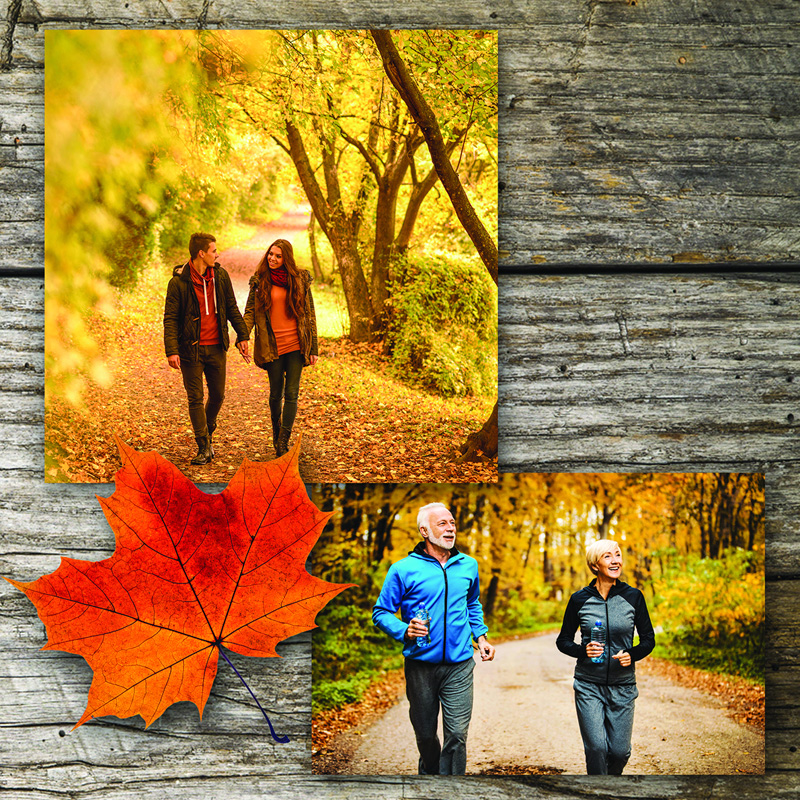Walking is a time waster these days. In a busy world with things to get done, walking is the inconvenient and slow option. Leisurely walking may be a recreational activity for people with time on their hands, and for those looking to get in their ten thousand steps, walking might be another daily goal. But what if walking became something more to us?
In recent years, more studies have shown that walking is an excellent form of exercise. Walk for for 20 minutes a day and you will burn seven pounds of body fat a year and increase your overall health. People in the United States, for example, walk the least at barely 5000 steps a day, while people in Australia walk almost twice that much. Our relationship with the simple act of walking is often an indicator of our level of health and activity.
Today most of the travel we do in our daily and domestic sphere is all about the destination. We run to the store or the bank, we pick up kids and drop off the mail. But when we stroll along in our neighbourhood, the goal changes. Walking becomes much more about getting to know the people and place where we live, and less about simply passing through. Stepping out our front door can change our perspective in surprising ways.
In a busy and productive world, there is an emerging counter-movement that values the art of walking and interacting with our place. Bijan Stephen writes, “The figure of the flâneur—the stroller, the passionate wanderer emblematic of nineteenth-century French literary culture—has always been essentially timeless.”1 To be a flâneur was at times negative, they were strollers, idlers, who walked without any intentional purpose. Today this way of exploring our world is making a comeback as we discover the value of aimless exploration and openness to wandering in wonder.
Walking helps us us enter into the beauty of our community. We can see things about our city from the window of a vehicle, but to experience the people, encounter joy, and stumble across surprises, requires we put on our shoes and walk. Walking is a reminder that we live in, with, and among a community of people that truly matter. For those of us who love our neighbourhoods, walking is a way we explore, learn, and love the place we call home.
Novelist Jerry Spinelli wrote that “Home is everything you can walk to.”2 When we walk through our neighbourhoods we discover the value they have in our lives and the many ways that our streets and parks and local shops make up the fabric of the place we call home. In small and meaningful ways we give room in our imagination for our neighbourhood when we decide to walk. We discover we have a home and it may be more special and meaningful than we know.
Walking slows us down. It sets us on a new kind of rhythm of thoughtfulness. Each step helps us to connect to the world around us and gives us space to let our mind wander and reflect. The best ideas emerge on a long walk. Who knows what new joy a little wasted time patiently strolling along can bring.
The Return of the Flâneur

In response to Canada's Online News Act and Meta (Facebook and Instagram) removing access to Canada's local news from their platforms, Anchor Media Inc encourages you to get your news directly from your trusted source by bookmarking this site and downloading the Rogue Radio App. Send your news tips, story ideas, pictures, and videos to info@anchormedia.ca.







